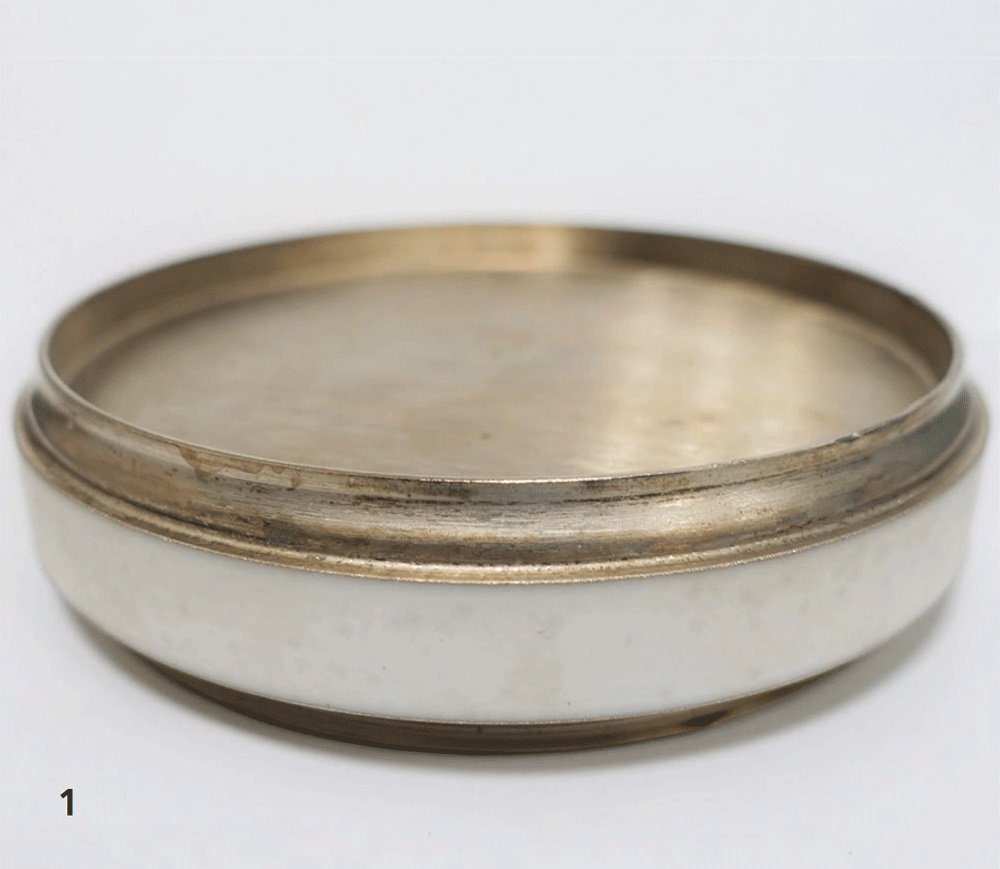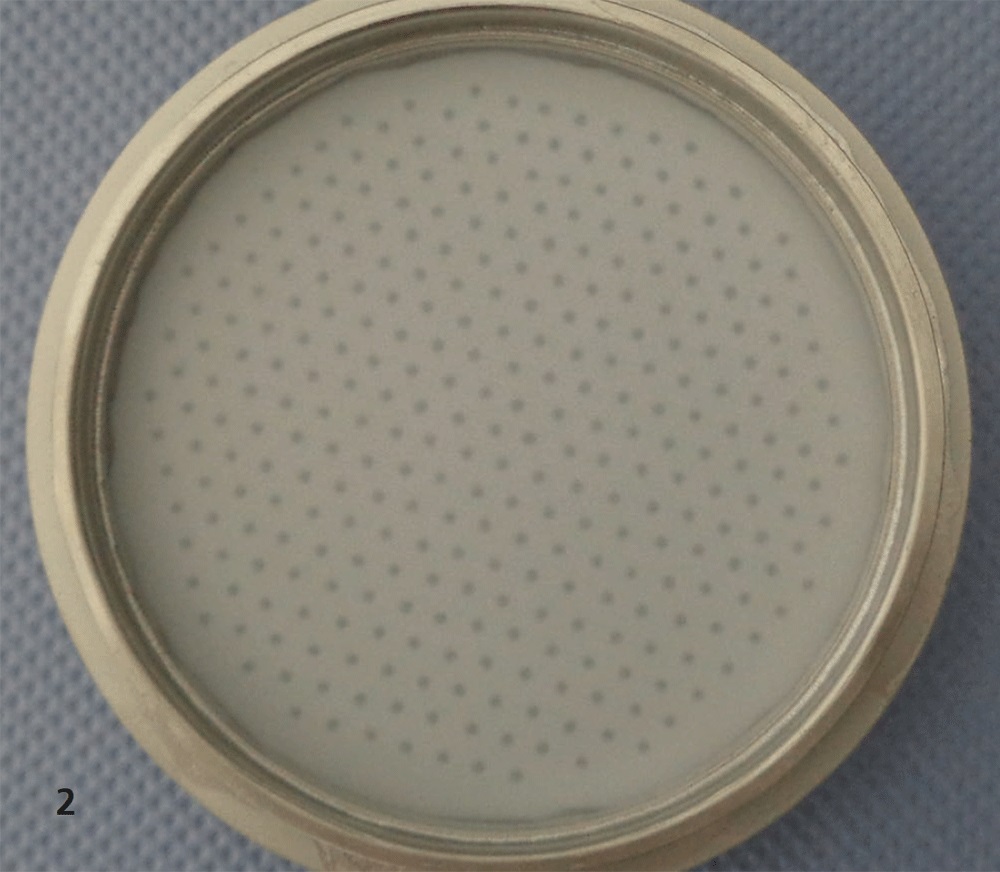The expansion of renewable energies increases the need for efficient and safe energy storage devices for stationary applications. The batteries used must provide cycle stability and remain safe over a service life of 15 years. Na/NiCl2 batteries meet these requirements: They are ecologically sustainable and are based on readily available raw materials, such as table salt, aluminum oxide and nickel. The raw metallic materials can be reused through simple recycling.
Na/NiCl2 cells are commercially manufactured in tubular form and operated at approximately 300 °C. A sodium-ion-conductive solid electrolyte (sodium-β-alumina) separates the anode and cathode compartments. When charged, the anode fills with liquid sodium and the cathode with metals and salts.
To further exploit the performance potential of this cell technology, a planar Na/NiCl2 cell was developed as part of the “planβeta“ project. In contrast to the tubular cell, this cell type enables an increase of the cell diameter and thus storage capacity, without negatively affecting the performance. The cell design developed at Fraunhofer IKTS has been developed to enable the cells to be stacked inside one another (stack). Stack operation makes possible the space-saving installation of a large number of cells in a thermally well-insulated battery housing. This enables high energy densities in a small space.
Typically, the cathode in tubular Na/NiCl2 cells is vacuum-infiltrated with a secondary electrolyte that turns liquid when heated. The planβeta cell makes this technologically demanding process obsolete because the cathode is pressed from a monolith at room temperature. In order to lower the influence of the solid electrolyte on the cell resistance, it is manufactured by tape casting. In contrast to uniaxial pressing, its wall thickness can thus be reduced considerably. For example, at IKTS, solid electrolytes that are 500 μm thick can be produced through tape casting (ionic conductivity at 300 °C up to 0.3 S/cm, ß” phase content ≥ 93.5 %). These can be flat, indented, or plate-shaped. The increased operating temperature and the volume changes in the anode and cathode compartments lead to pressure differences in the cell. Despite this, it was possible to produce defect-free cells with the help of a specially developed vacuum-welding process. FEM calculations resulted in a low-stress design of the metal-ceramic cell closure. 110 mm planar Na/NiCl2 cells were developed and manufactured, which withstand the thermal loads of heating up and cooling down to 300 °C. With a discharge speed of 1 h-1, depths of discharge of up to 80 % could be achieved.
We are grateful to the German Federal Ministry for Economic Affairs and Energy (BMWi) for funding the "planβeta" project (funding code: 03ET6110C).


